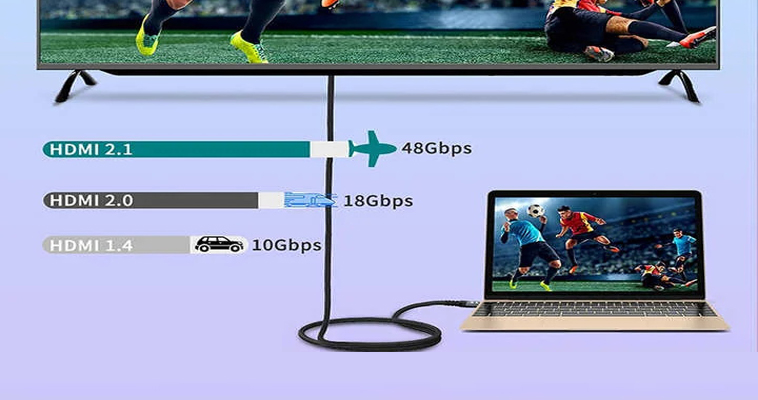Introduction
In today’s digital age, HDMI (High-Definition Multimedia Interface) cables are an essential component for businesses, facilitating the transmission of high-quality audio and video signals between devices. Whether it’s for conference rooms, digital signage, or office setups, selecting the right HDMI cable can significantly impact the performance and reliability of your audiovisual systems. This paper aims to guide businesses in choosing the best HDMI cable to meet their specific needs, considering various technical specifications, types, and special considerations.
Technical Specifications of HDMI Cables
HDMI cables come in different versions, each offering varying capabilities. The most common versions include HDMI 1.4, HDMI 2.0, and HDMI 2.1. Each subsequent version supports higher resolutions, increased bandwidth, and additional features. For instance, HDMI 2.1 supports up to 10K resolution and a bandwidth of 48 Gbps, making it suitable for future-proofing against emerging technologies.
Bandwidth and resolution support are critical factors when selecting an HDMI cable. Higher bandwidth allows for the transmission of more data, which is necessary for high-resolution displays and advanced features like HDR (High Dynamic Range). Additionally, the length of the cable can affect signal quality. Longer cables may require amplification or active components to prevent signal degradation.
Types of HDMI Cables
HDMI cables are categorized based on their performance capabilities:
| Performance | Standard HDMI Cables | High-Speed HDMI Cables | Premium High-Speed HDMI Cables | Ultra High-Speed HDMI Cables |
| Resolution and Refresh Rates | Suitable for basic applications, supporting up to 1080i resolution. | Designed for 1080p and beyond, including 4K at 30Hz. | Certified for 4K at 60Hz with HDR. | The latest standard, supporting up to 10K resolution and higher refresh rates. |
Special Considerations for Business Use
When choosing HDMI cables for business environments, compatibility with existing equipment is paramount. It’s essential to ensure that the cables support the resolutions and features required by your devices. Future-proofing is another important consideration, as investing in cables that support emerging technologies can save costs in the long run.
Durability and build quality are also crucial, especially in high-traffic areas where cables may be subject to wear and tear. Look for cables with reinforced connectors and robust shielding to minimize interference and signal loss.
Cost vs. Performance
While it’s tempting to opt for the cheapest HDMI cables available, it’s important to evaluate the cost-benefit ratio. In some cases, premium cables may offer better performance and longevity, justifying the higher price. However, for most business applications, mid-range cables that meet the necessary specifications will suffice.
Common Myths and Misconceptions
There are several myths surrounding HDMI cables, such as the belief that expensive cables always offer better quality. In reality, the difference in performance between a reasonably priced high-speed cable and a premium one is often negligible for most business applications. Understanding the real impact of cable quality can help businesses make informed decisions.
Case Studies and Practical Examples
Consider the example of a corporate conference room setup. A company invested in high-speed HDMI cables to connect their presentation laptops to the projector. The cables supported the required 4K resolution and provided reliable performance during meetings, enhancing the overall experience. In another case, a digital signage network used ultra high-speed HDMI cables to ensure seamless playback of high-resolution videos across multiple displays.
Conclusion
Choosing the best HDMI cable for your business needs involves understanding the technical specifications, types of cables, and special considerations for your specific environment. By evaluating the cost vs. performance and debunking common myths, businesses can make informed decisions that enhance their audiovisual systems’ reliability and performance. Investing in the right HDMI cables not only ensures compatibility with current equipment but also future-proofs your setup for emerging technologies.







